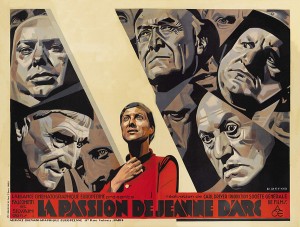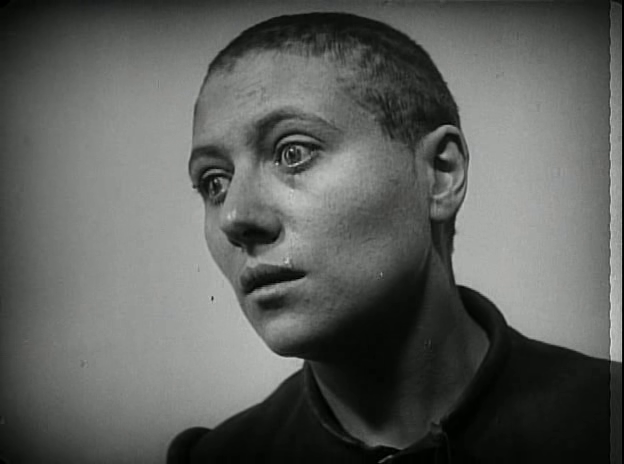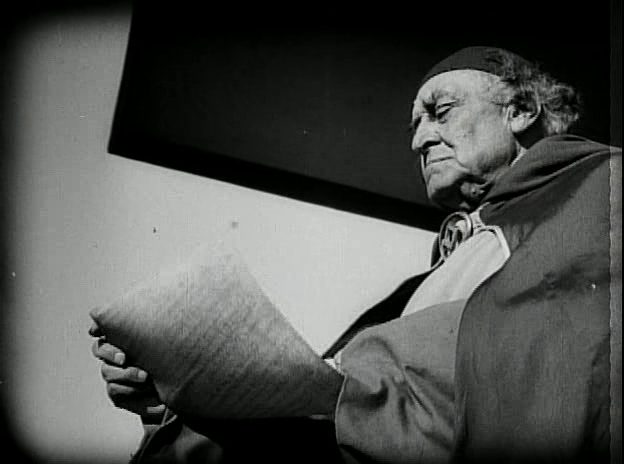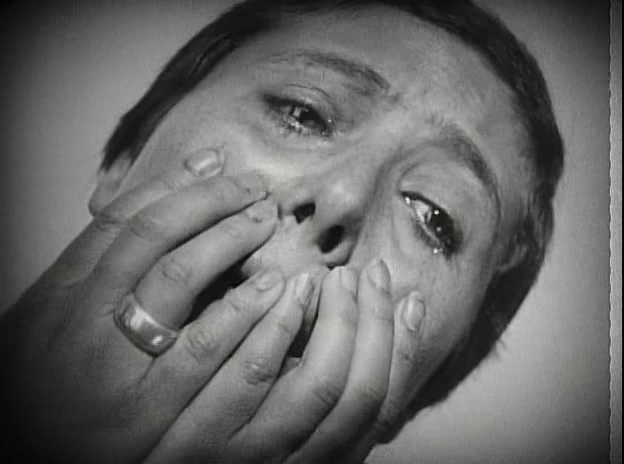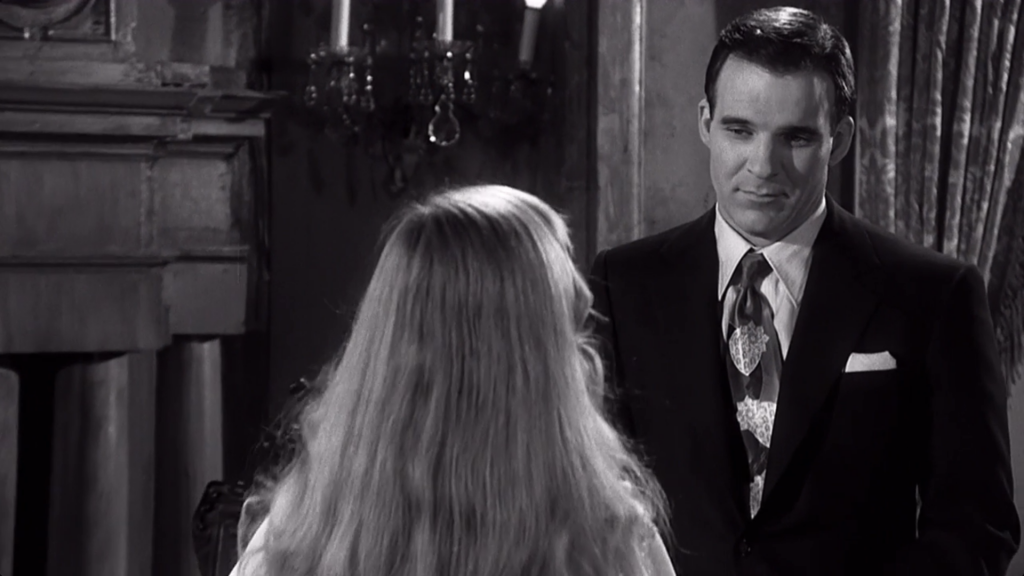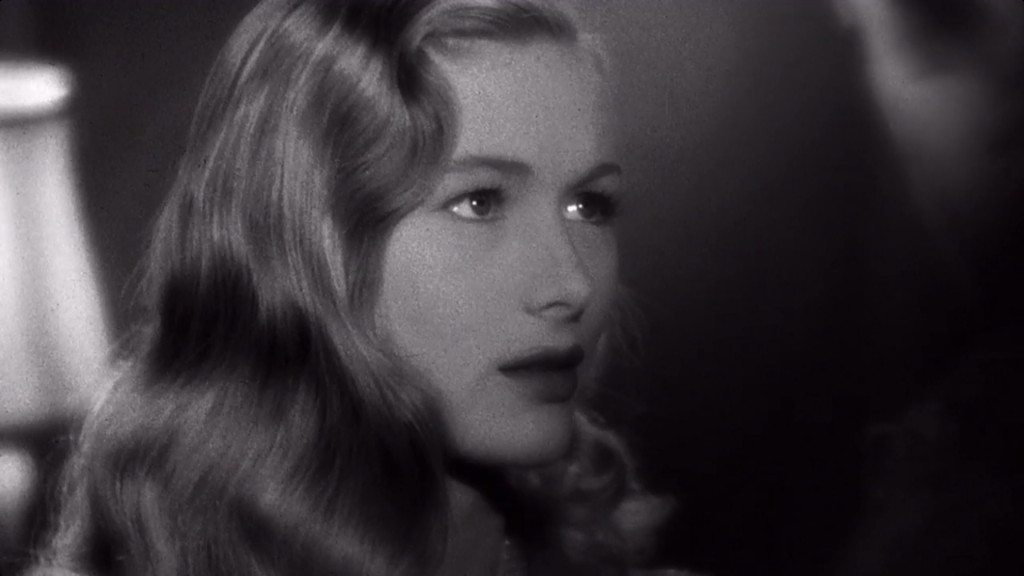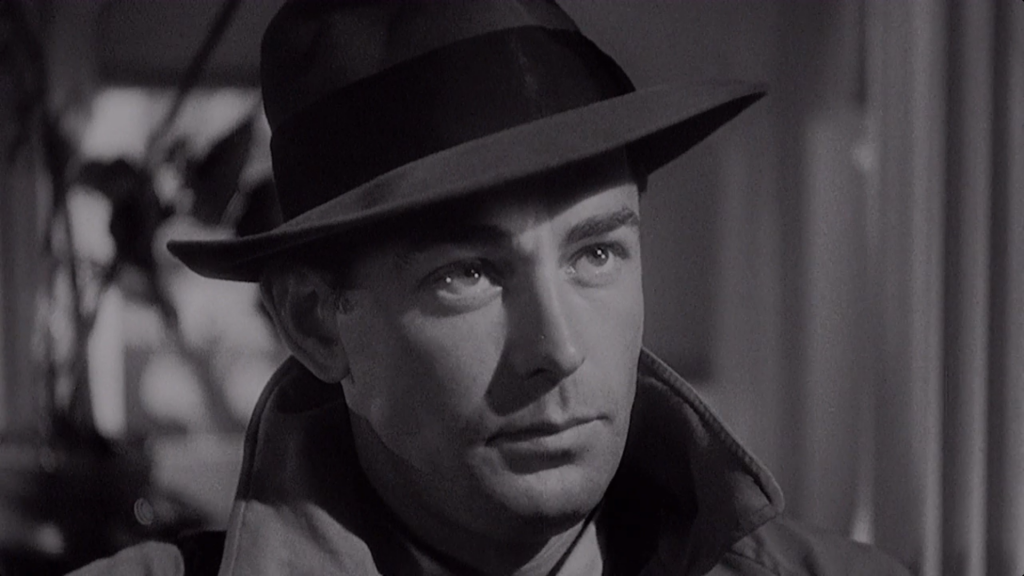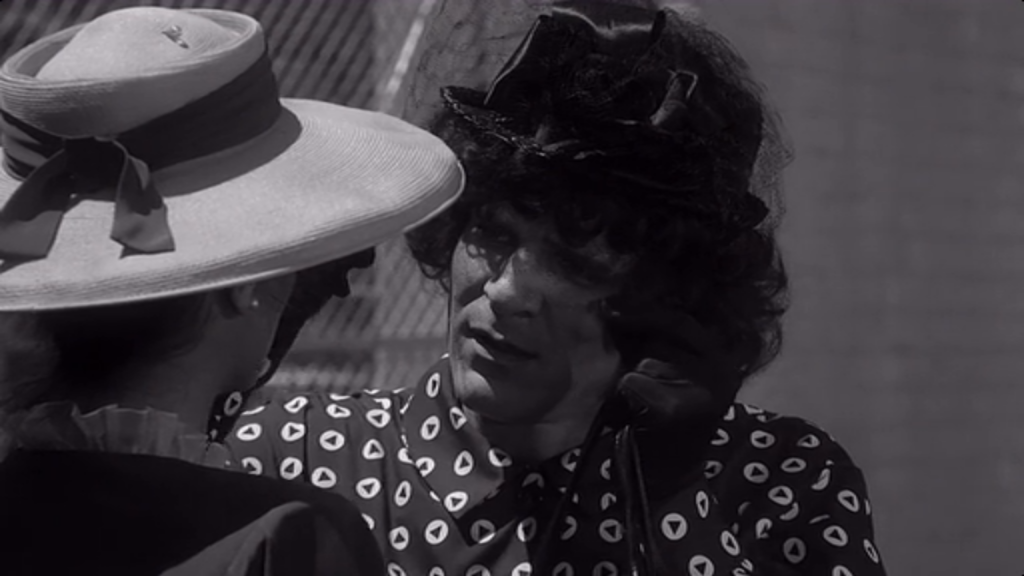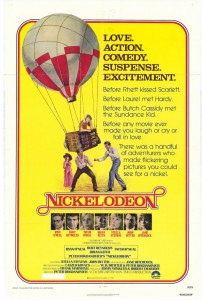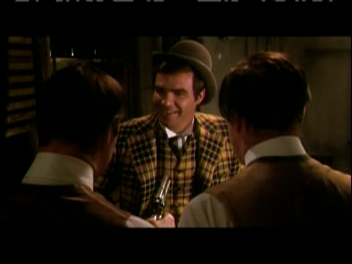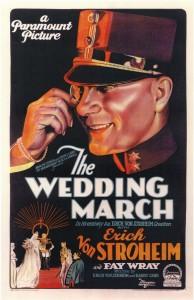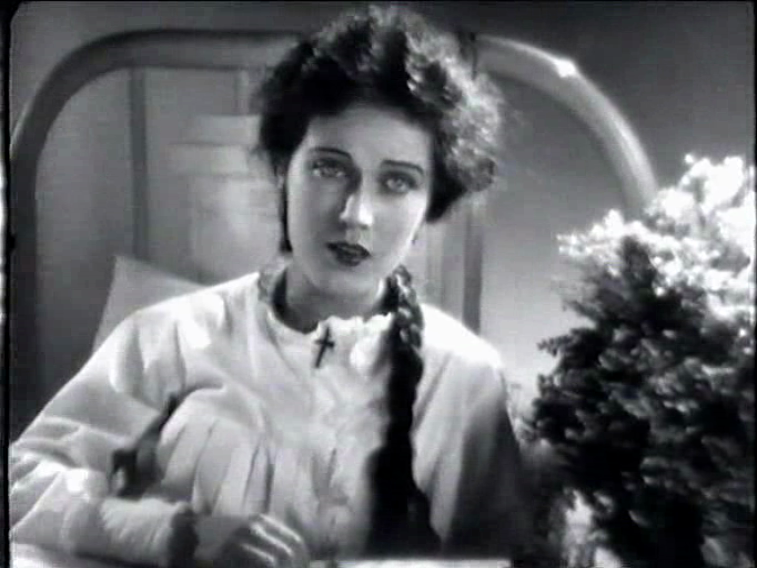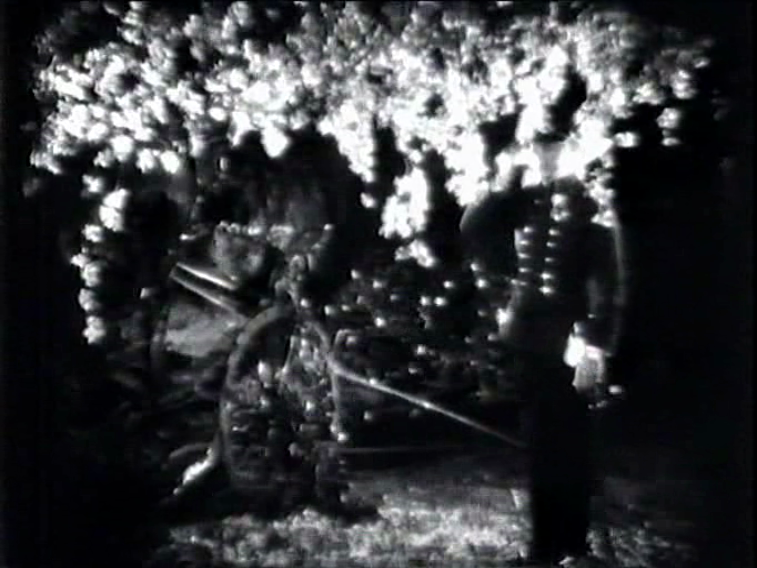Passion de Jeanne D’Arc, Le/Passion of Joan of Arc, The (1928)
“Listen, Joan — we know that your visions come not from God but from Satan!”
|
Synopsis: |
|
Genres, Themes, Actors, and Directors:
Response to Peary’s Review: I agree with the essence of Peary’s review: there’s no denying the audacious visual power of Dreyer’s work, which stands apart from its same-era peers as a daringly minimalist cinematic presentation of this much-studied historical event. And Falconetti’s performance — shown almost entirely in extreme close-ups — is indeed marvelous; the fact that she was an unknown actress merely adds to the veracity of the tale. Yet I disagree with Peary’s claim that this is “one of the greatest, most intense films ever made”, simply given its narrative limitations. As a silent film, it remains a masterful tone poem — a gorgeously evoked elegy to a tragic young martyr, allowing one to palpably feel the “feverishness and horror” of this infamous trial and its gruesome outcome. But given that it covers such a limited portion of Jeanne D’Arc’s storied existence, it ultimately lacks narrative depth, and begins to feel repetitive. The first few times Dreyer’s camera masterfully pans across the leering faces of Jeanne’s inquisitors, one shivers at how perfectly Dreyer has captured the essence of their menace; the fourth time, one begins to question exactly where else the material can go. With that caveat stated, I’ll reiterate that Le Passion de Jeanne D’Arc nonetheless remain essential viewing for all film fanatics, at least once — and it’s thankfully now available in a gorgeously restored version, with a lovely soundtrack by composer Richard Einhorn (sung by the Anonymous Four). Redeeming Qualities and Moments: Must See? Categories
(Listed in 1001 Movies You Must See Before You Die) Links: |
